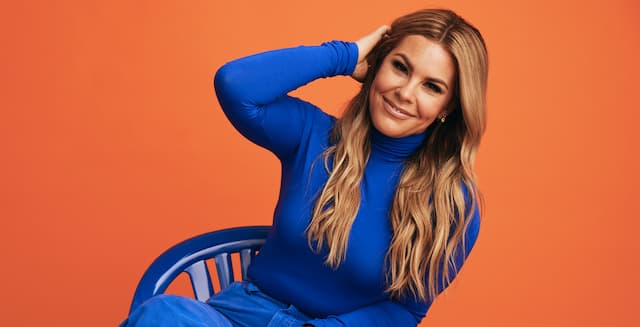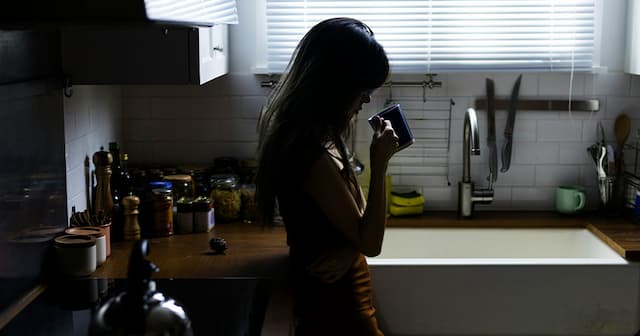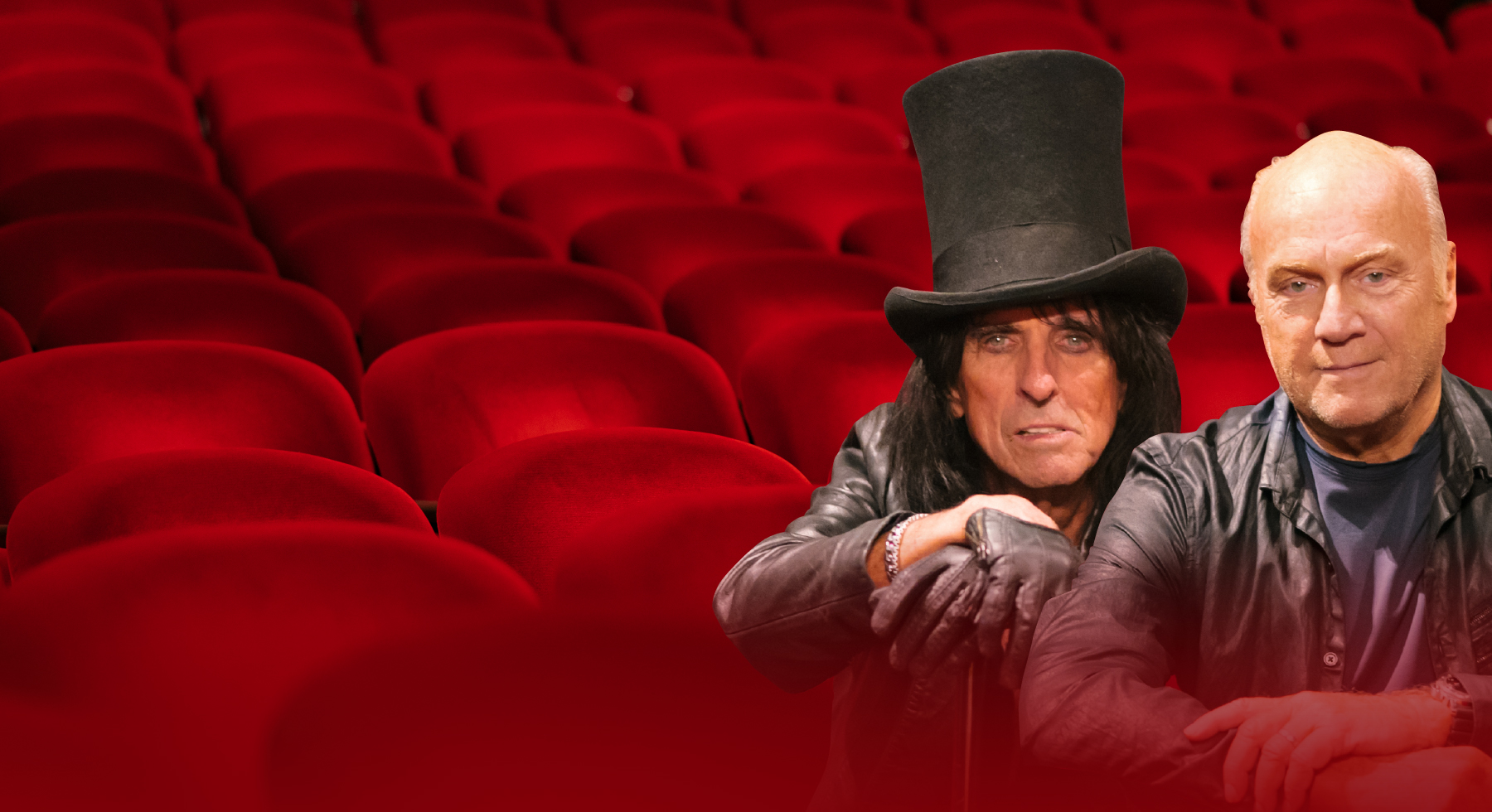Art After Creation
 In this blog and in other venues, we’ve often discussed the importance of and the theological underpinnings behind the creative process. We are creative beings, crafted in Imago Dei, and creativity and the arts are a part of how we are wired and what we are made to do.
In this blog and in other venues, we’ve often discussed the importance of and the theological underpinnings behind the creative process. We are creative beings, crafted in Imago Dei, and creativity and the arts are a part of how we are wired and what we are made to do.
But creativity has implications. What happens after we birth that painting or that song or that film or that book? What is our role as the artist of a work after it is birthed? What are the ramifications, the obligations, the repercussions? What are the implications socially, monetarily, practically? What is our calling to the life of the artworks themselves? Or is there even such a thing?
I remember—as a somewhat naive rookie book author—having conversations with my editor, who counseled me that the real work of the book happened after the manuscript was completed. And it was true. The real work of Imagine That was that I had to travel away from family and show the book off and work my blog and network with people. And there was more. Without fulling understanding the implications, I became an advocate for artists of faith in places I never would have imagined, and with people whom I never ordinarily would have met. It has been a joy and a privilege, and yes, it’s a lot of work.
For some of us, the implications of a work of art are relatively small. It hangs on a wall. It is performed on a stage. Sometimes our obligation is simply to smile and accept the accolades and criticisms. But sometimes our responsibilities are larger. A musical band requires forging relationships, financial investments, signing contracts. A play or a film requires an army of interdisciplinary cooperation, venue management, marketing and promotion, and often the investment of patrons. As artists, a simple idea can mushroom into a complex and longstanding set of tasks and obligations and relationships.
Obviously, the wise artist of faith will count the cost of their art, whether it be economic or social or emotional or the investment of time. If we are to properly steward the art we birth, we must understand, to the degree that we can, what the art calls us to. Or as Winston Churchill (and not originally Spiderman’s Uncle Ben) warned, “Where there is great power, there is great responsibility.” And the arts do have power—to move hearts, to change opinions, to make money, even to shape entire world views.
I share all these thoughts in light of recently occurring events in my life. Less than three years ago, a friend and I spread out a napkin and started doodling what would become a brand new musical instrument, the WalkaBout. I won’t bore you with the details, but you can imagine the amount of time and effort and resources that have gone into birthing this idea into a fully-formed, patented, reproducible product. I have become an engineer, a manufacturer, a business partner, a percussionist, a delivery man. I can tell you that my life is quite different today than it was the day I doodled on that napkin.
Of course, none of us are fortune tellers. Vincent Van Gogh could not have possibly predicted that his painting, A Starry Night, would go on to be one of the most copied and posterized images in history. Louis Armstrong could not have predicted that his music would inspire and influence the Supreme Court during the American Civil Rights movement. And pop star Rick Astley could not have predicted that his eighties hit, “Never Gonna Give You Up,” would become one of this generation’s finest memes.
Nevertheless, as artists of faith, we must count the cost of what we do—not only as we birth our art, but far, far beyond it.
[Painting: Paul Gauguin, van Gogh che dipinge i girasoli, 1888, Van Gogh Museum]





